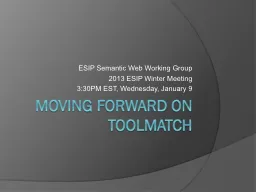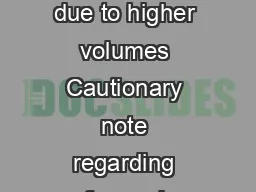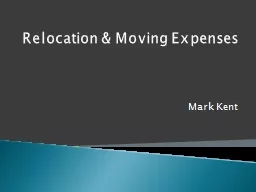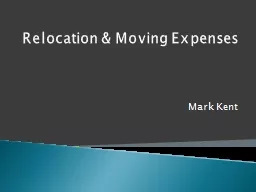PPT-Moving forward on
Author : min-jolicoeur | Published Date : 2016-06-12
toolmatch ESIP Semantic Web Working Group 2013 ESIP Winter Meeting 330PM EST Wednesday January 9 What is ToolMatch Dualpurpose framework for discovering tools
Presentation Embed Code
Download Presentation
Download Presentation The PPT/PDF document "Moving forward on" is the property of its rightful owner. Permission is granted to download and print the materials on this website for personal, non-commercial use only, and to display it on your personal computer provided you do not modify the materials and that you retain all copyright notices contained in the materials. By downloading content from our website, you accept the terms of this agreement.
Moving forward on: Transcript
Download Rules Of Document
"Moving forward on"The content belongs to its owner. You may download and print it for personal use, without modification, and keep all copyright notices. By downloading, you agree to these terms.
Related Documents














